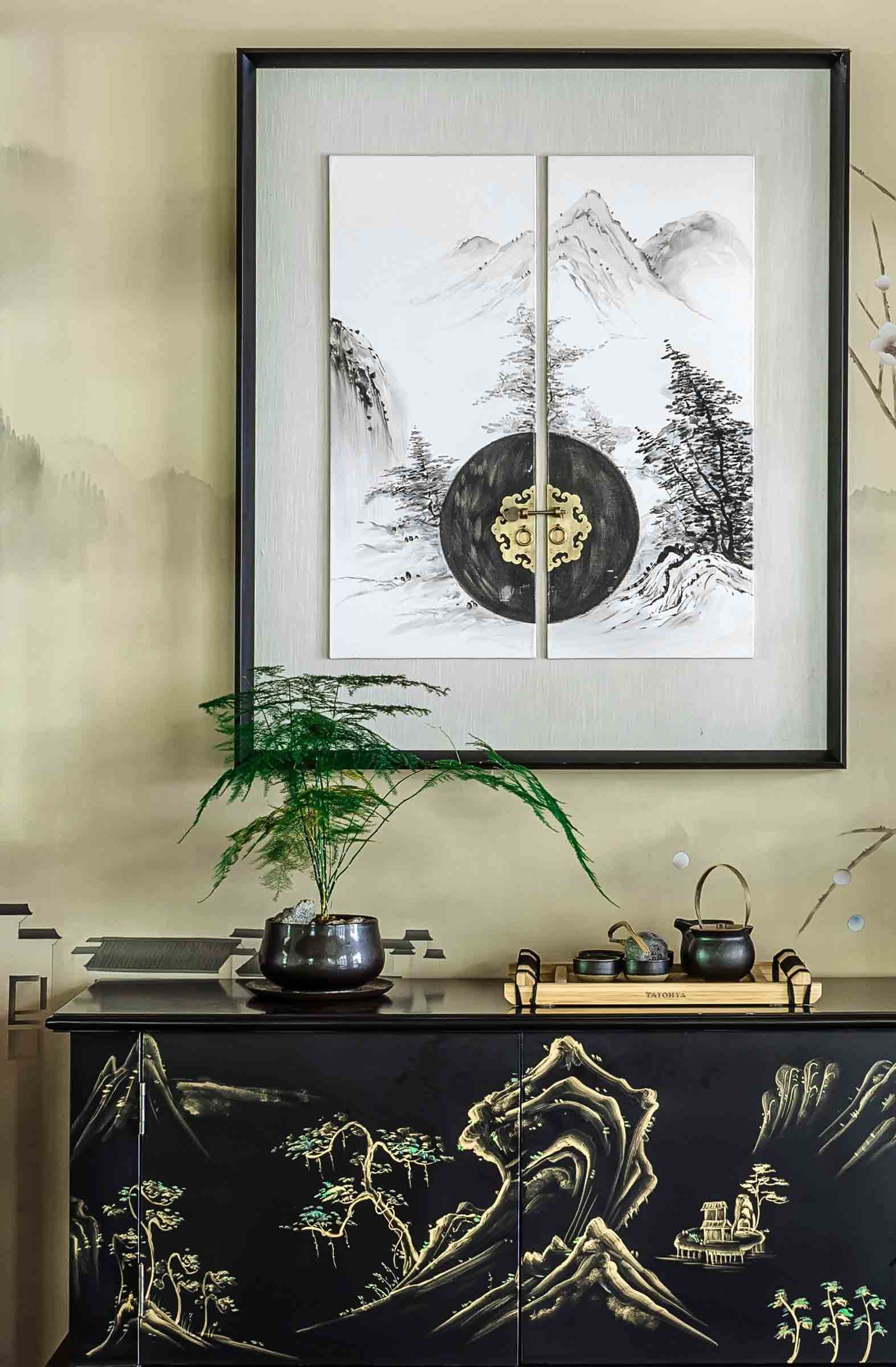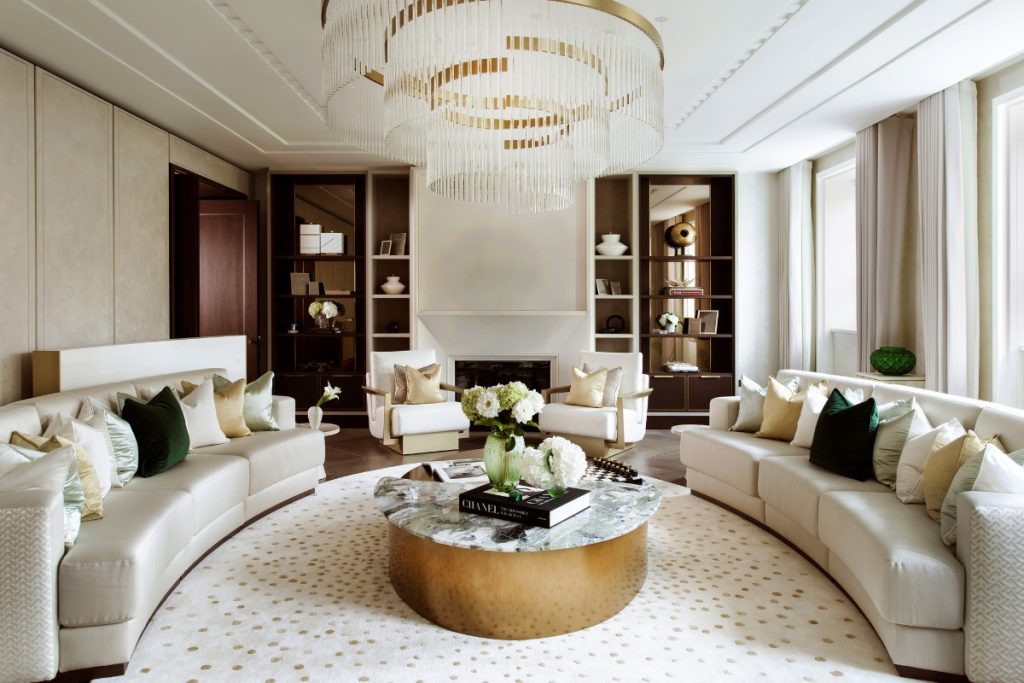 20th June 2018 | IN HOSPITALITY DESIGN | BY SBID
20th June 2018 | IN HOSPITALITY DESIGN | BY SBIDThis week’s instalment of the #SBIDinspire interior design series features Bamboo Pavilion, a tearoom located in Honey Lake, Shenzhen, situated in a secrete setting hidden in a verdant bamboo grove in the bustling city. Based on the concept of a poetical life which contemporary literati and scholars dream of, the Bamboo Pavilion presents a natural art form by adopting new Chinese garden techniques, to help visitors relax and put them in touch with a deeper sense of harmony and serenity with the natural world and their spiritual selves. The designer understands that in order to achieve the value of culture in life, the project should be a place to relax from body and mind with all redundancies being cast away.
Company: Tsingda Environmental Art (Shenzhen) Design Consultants Co
Project: Shenzhen Nord Club
Project Location: Shenzhen, China

What was the client’s brief?
Shenzhen Nord Club is a tearoom located in Honey Lake, Shenzhen, which situates in a secrete setting hidden in a quiet and verdant bamboo grove. Representing natural art and beauty, its’ surroundings help to create a refreshing little sanctuary amidst the busy, bustling city. Based on the concept of a poetical life which contemporary literati and scholars dream of, the Bamboo Pavilion’s brief was to present a natural art form by adopting new Chinese garden techniques, taking people back to the distant poetic realms where they can relax their bodies and souls.

What inspired the design of the Project?
The project and the project’s name – Bamboo Pavilion, is inspired by the great ancient Chinese thinker Zhu Xi’s ‘New Bamboo’: “In front of the window, there are bamboos that I planted, while now they have sprouted. Being freed from the troubles of secularities, I just sit quietly and enjoy the secluded forest.” Reading between the lines, we can find the kind of aloofness and loftiness which were typical to many ancient scholars.
Opposite to the tearoom is the restaurant which is squarely shaped in a balanced manner. The beauty and elegance of bamboos is presented in front of the dining table by way of creativity and the utilization of wood materials, exquisite details and lightweight design, which is unexpected but natural and harmonious.

What was the toughest hurdle your team overcame during the project?
The highest form of culture is art. Artists create a line, within which everything can express itself with no restraint. According to Zhong Yao, a famous calligrapher in ancient China, “beauty comes from mind”. Beauty comes from “mind” reflects the rhythms implied in the images of everything. The designer understands that in order to achieve the value of culture in life, this should be a place to relax from body and mind with all redundancies being cast away. Balancing these notions of Chinese traditional literacy, culture and art whilst maintaining the designers vision and meeting the project brief to create a space to bring these sentiments together was the biggest challenge.
The tearoom is laid out in the traditional way of enclosing. Modern-style dark-hued sofa and finely ornamented tea table render balance and comfortability in proportion and sentiment. A Chinese ink and wash painting with poetic and lively imagery introduces artistic quality into the space. Through the hollowed-out back ground wall, bamboos appear in sight, dancing in the wind airily. All of these help to present the gracefulness and aesthetic charm of new Chinese landscape styles so that both the environment and the soul achieve an inspiring and peaceful state and are fulfilled to artistic endeavor.

What was your team’s highlight of the project?
With borrowed view (a landscape technique usually used in traditional Chinese garden) introduced, uniquely shaped scenery is checkered with sunlight and shadow, by which the designer creates the artistic conception of “layered doors stand still in deep court, grass grows green in front of the steps”. Seeing the design vision come to fruition to embrace the poetic nature and serenity of the property’s unique landscape was the most rewarding aspect of bringing this project to life.

Why did you enter the SBID International Design Awards?
As an impartial international interior design award, SBID has a worldwide effect on interior design industry including China. We firmly believe in SBID and the profession and hope to make our design known to more people in and outside of China.

Questions answered by Bin Long, Chief Creative Director of Tsingda Environmental Art (Shenzhen) Design Consultants Co.
To ensure you are kept up to date with the latest design inspiration sign up for our newsletter and follow us on Instagram @sbiduk
If you missed last week’s Project of the Week featuring the contemporary workspace with a fun, fresh and flexible co-working concept in Paris, click here to see more.
The 2018 edition of the SBID International Design Awards is now officially open for entries! Click here to register or enter your project!
We hope you feel inspired! Let us know what inspired you #SBIDinspire
Tsingda Environmental Art (Shenzhen) Design Consultants Co | SBID International Design Awards 2018





